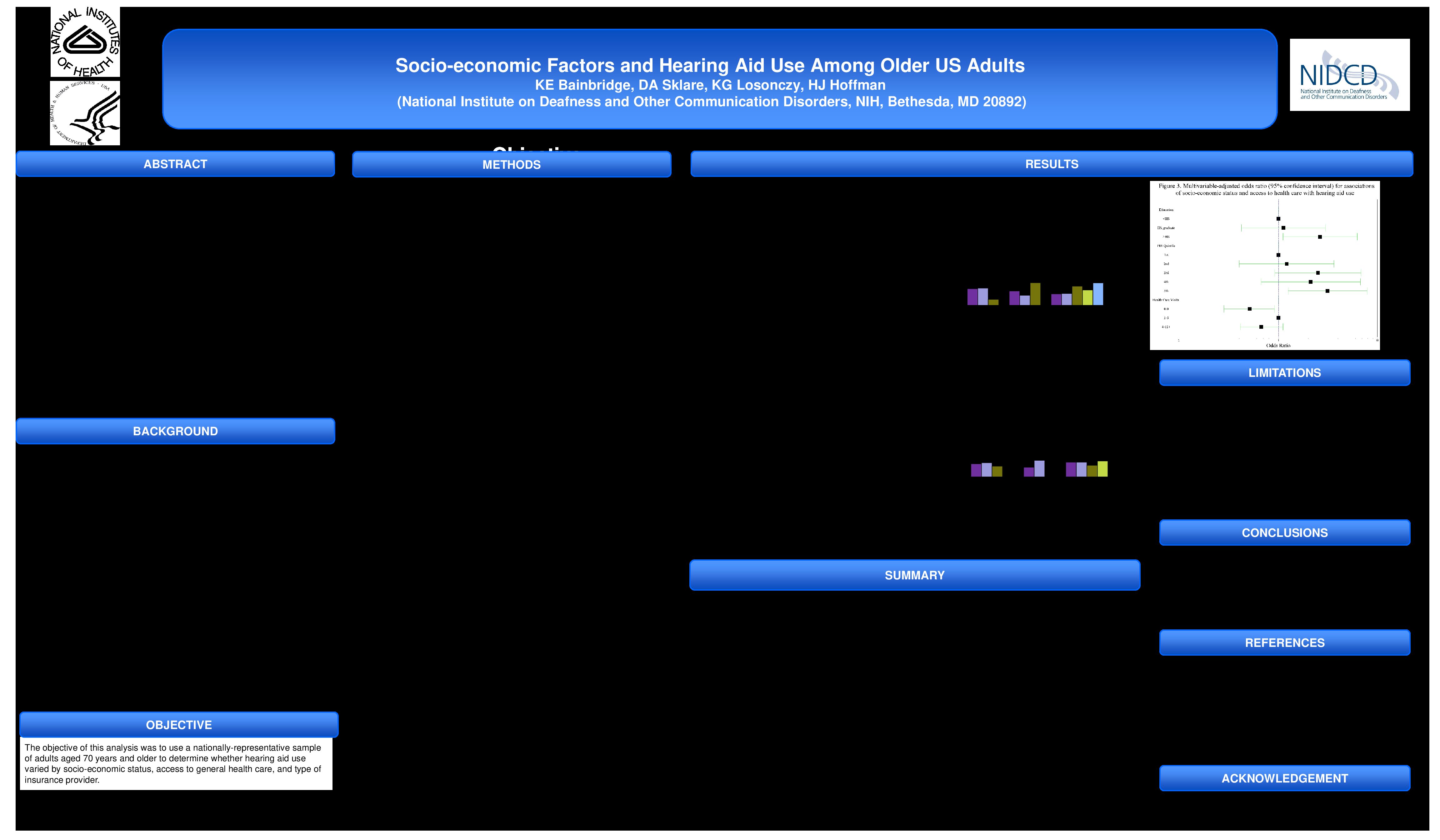Jun. 10, 2019
Get Down with Your Music and Up With Your Gym Game Patent #10264339 aims to give ear device and hearing aid wearers “the feel of the sound similar to music being played at a night club, a concert, or when being played by a loud stereo,” and “wirelessly communicate with an additional device.” This could improve your dancing and







